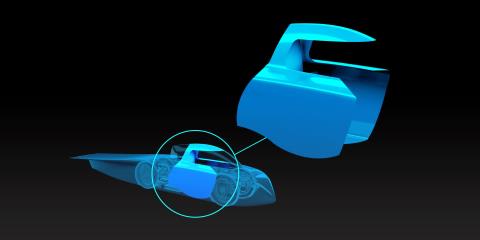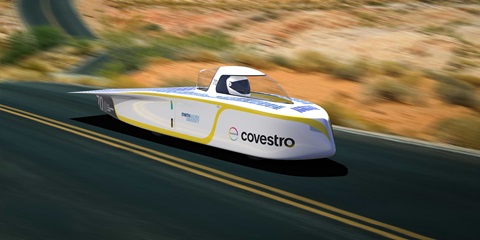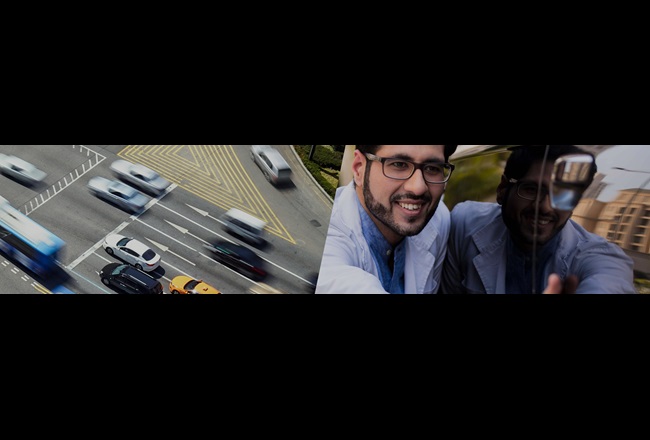
Mobility
Challenge: Going all out for the vehicles of tomorrow
In June 2022, a majority of the EU Parliament voted to allow manufacturers to market only cars and vans that do not emit climate-damaging greenhouse gases from 2035. Today’s automobile industry is driving this change in two ways: advancing technologies that will enable the more climate-friendly mobility of tomorrow, while also meeting increasing customer demands for the aesthetics, durability, and comfort of their vehicles. To make this equation work seamlessly, we’re working on innovations in coatings and adhesives to tackle these challenges.
Status: Benefits from the inside to the outside
Innovative material solutions can benefit the exterior and interior design, and even the rollout, of electric vehicles (EVs). For many years, our solutions and technologies have enabled our customers and partners to implement future-oriented mobility concepts.
Safer materials
Safety is a crucial factor in the uptake of electric vehicles. Using lighter, more heat-conductive materials is one way to improve vehicle safety. For example, our Desmodur® and Desmophen® polyurethanes help isolate overheated cells from each other to reduce the risk of fire. They also improve the power and charging speed of EV battery cells.
More efficient, sustainable production
For EVs and traditional vehicles alike, production needs to be efficient to be commercially viable. There are several ways in which coatings can contribute to efficient production – whether it’s speeding up curing, preventing overspray, or making application easier.
The right ingredients can support these goals. For instance, Pasquick® and Blulogiq® enable faster curing at ambient and lower temperatures to improve energy efficiency. Desmodur®-based materials enable automotive OEMs and coating suppliers to apply polyurethane coatings using digital printing – eliminating overspray to significantly reduce waste and energy costs. And our novel packaging solution Dockit® saves time, reduces error, and enables a smooth finish by removing the need for applicators to mix coating and hardener themselves.
Seamless surfaces
It’s also important for EVs to offer the smooth, comfortable, and aesthetically pleasing surfaces that consumers enjoy – inside and out. Solutions like DirectCoating and INSQIN® support these aims in car interiors. They enable flexible, durable materials with a premium look and feel – with options for transparent, translucent, and solid-color finishes, and leather, glass, and metal textures.
Next: Accelerating the mobility turnaround
Mobility players around the world have already achieved a lot on the way to a more sustainable mobile future. But the road ahead of us is still long and winding. Our solutions can be flexible enablers for new, inspiring designs that help you create the next big thing in an ever-evolving and increasingly connected industry. Together, we can define what connected mobility and true freedom of movement will look like.
1 https://www.oecd-ilibrary.org/transport/itf-transport-outlook-2023_b6cc9ad5-en
via
https://www.worldbank.org/en/results/2024/03/21/from-gridlock-to-green-transport-supporting-electric-mobility-to-meet-the-demand-for-passenger-transport
2 https://www.iea.org/energy-system/transport/electric-vehicles
3 https://www.grandviewresearch.com/industry-analysis/shared-mobility-market
Which materials can help me solve my coatings or adhesives challenges?
Delve deeper into the practical material and technology solutions that we can offer to respond to your needs.

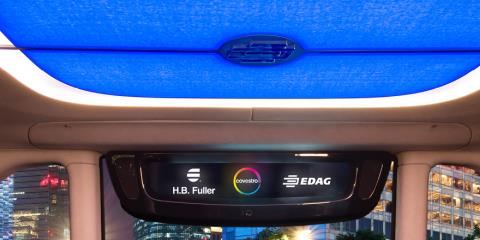
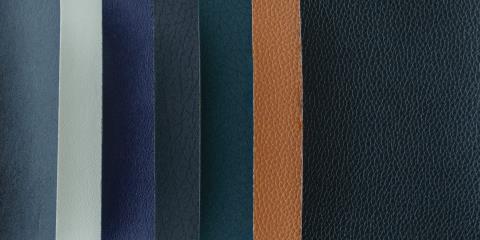
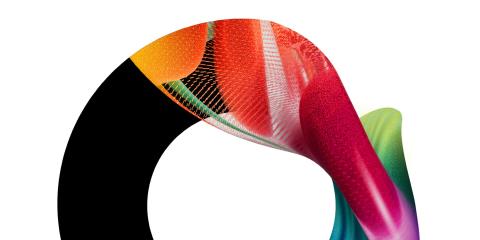
.jpg?h=240&w=480&rev=2dcf54ed863846369dcdc0377739db34&hash=6D8466A9A0523FD22B1DE6F79FEC9ECA&usecustomfunctions=1¢ercrop=1)
